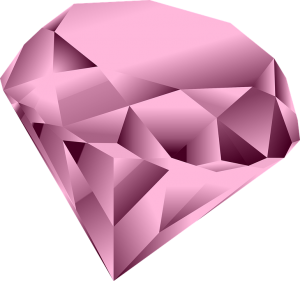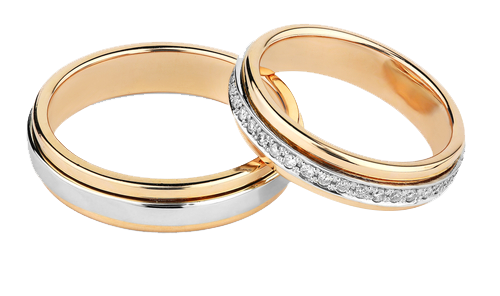
CUT
Your diamond is only as good as its cut. The only quality aspect of a diamond that is determined by the craftsmanship of human hands.
Cutting is the ultra-precise art of revealing the timeless natural beauty inside of a raw gemstone. By taking an unformed, dim stone from the earth, covered in deposits and surface damage accrued over millennia, a stone is polished down to its purity, and minute, symmetrical planes called facets are cut into its form to achieve brilliance. The concert of art and science in cutting the precise angles, lengths, and proportions are what foster the play of light within a polished diamond stone.
Cut is what sparkles. It’s what fires and flashes in the light. It’s what makes a diamond beautiful.
If you have only one takeaway, let it be this: cut is everything.
It’s why each of our hand-picked diamond stones are rated as Triple X, meaning they carry a GIA-awarded Excellent grade in all 3 primary cut criteria: Cut, Polish, and Symmetry.
We know how important cut is to the final diamond, and we know how important your chosen diamond is to you.
COLOR
It is lack of color that is desired for white diamond stones. Each white diamond is graded on an alphabetical D-Z scale by the GIA for level of colorlessness. The subtle yellow and brown hues found progressively in diamonds graded G and onwards are native to the stone itself, and do not affect the diamond’s brilliance or shine.
For fancy colored diamonds, however, no GIA grade for color exists since deep hues are sought after.
The choice in color is entirely up to you. While color in the higher GIA grades are virtually undetectable, diamonds farther down the spectrum retain every bit of brilliance and beauty due to the excellent cut we require for all our diamonds.

CLARITY
Diamonds are a product of nature. They spend millennia deep inside the earth, under immense pressure and heat. These forces of nature leave a mark on the majority of diamonds in the world, whether internal (“inclusions”) or external (“blemishes”).
As with color, many of a diamond’s imperfections are not visible to the naked eye, and the grade of a diamond’s clarity is determined by skilled graders examining the stone under 10X magnification.
Under these conditions, the scale ranges:
Flawless (FL) – No inclusions or blemishes
Internally Flawless (IF) – No inclusions and only blemishes
Very, Very Slightly Included (VVS1 and VVS2) – Inclusions are difficult to see
Very Slightly Included (VS1 and VS2) – Inclusions are minor and range from difficult to somewhat easy to see
Slightly Included (SI1 and SI2) – Inclusions are noticeable
Included (I1, I2, and I3) – Inclusions are obvious and may affect transparency and brilliance
Clarity is a matter of personal taste and tolerance, but we at Pinkfire firmly believe that if you start with an excellent cut, the diamond will be beautiful for life.
CARAT
Carat is weight. And carat is not karat, which refers to the purity of gold. The “carat” name stems from the carob seed gem traders ages ago used to measure the weight of their gems, implementing the uniformly-weighted seed as a counterweight on their scales. One carat is about the weight of a paperclip, or 0.2 grams.
Carat is the most basic measurement of a diamond, and simply tells you the weight, and thereby the size, of a diamond.
Carat is a personal choice. From a dainty 0.50ct to a large 2.00ct, it’s important to consider your desired look and your budget when considering your carat range.
